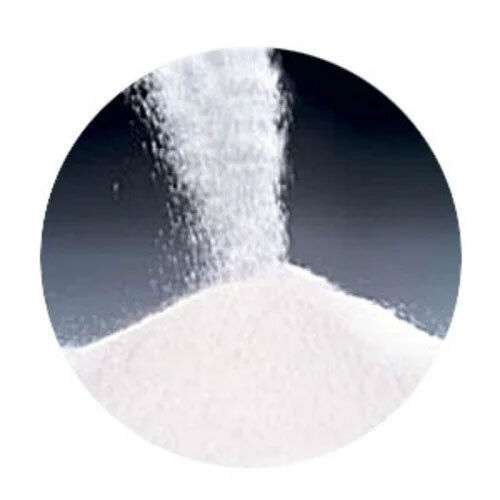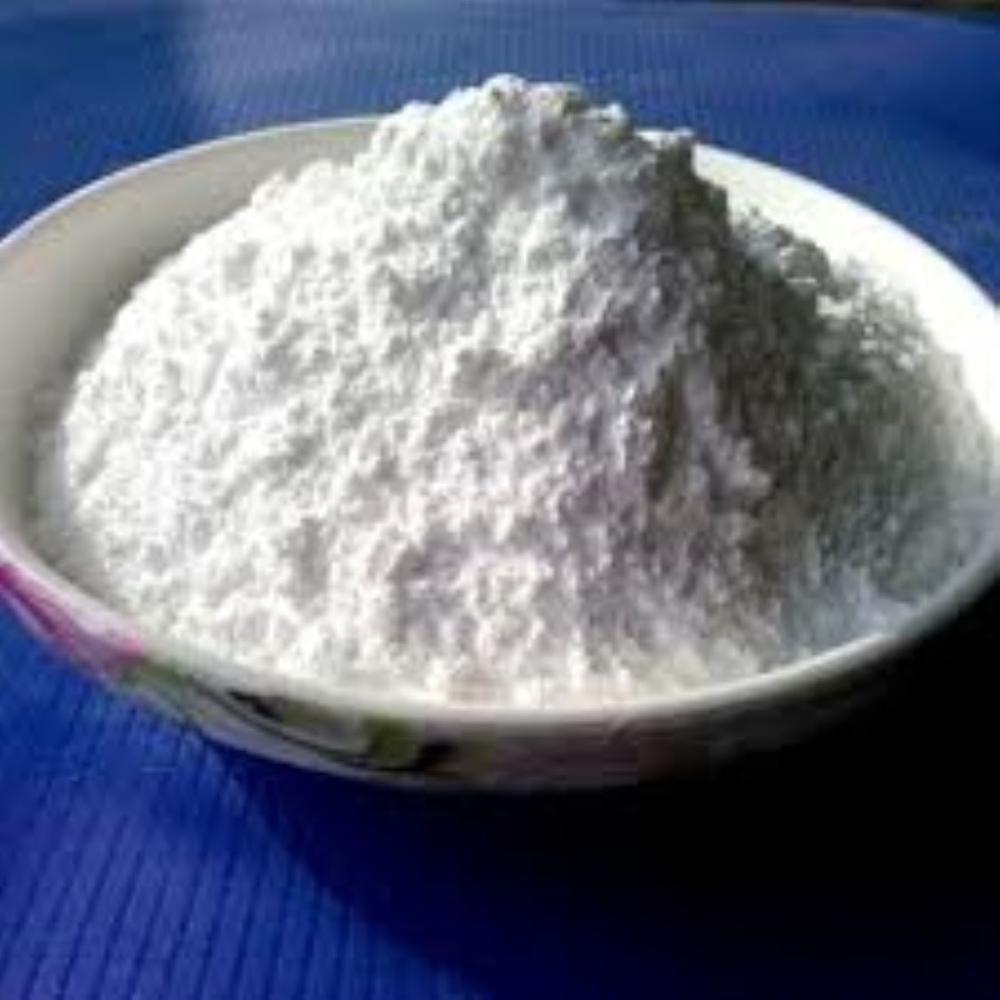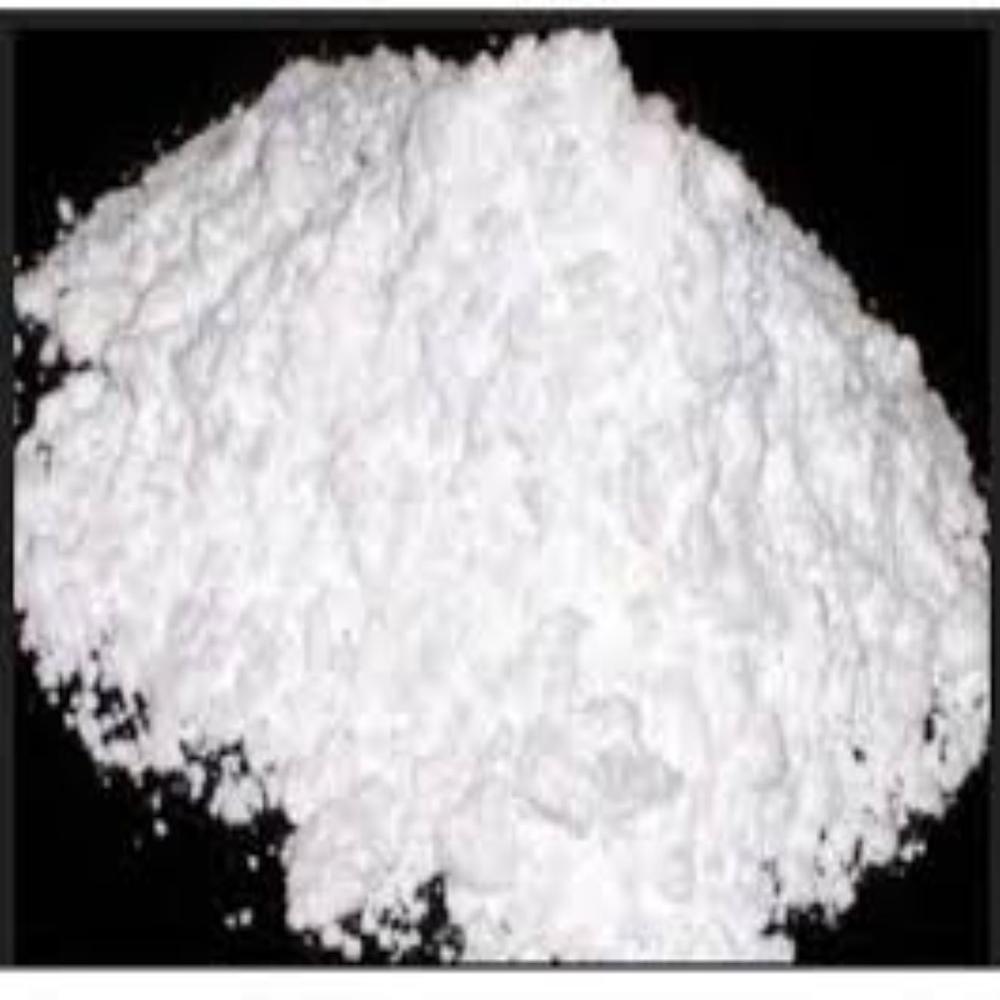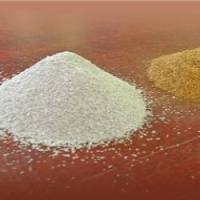Iron Sucrose Powder
2000.0 INR/Kilograms
Product Details:
- Melting Point Iron sucrose does not have a well-defined melting point because it is a complex colloidal solution rather than a pure crystalline substance.
- Molecular Formula C12H29Fe5Na2O23
- Shelf Life 3 Years
- Ph Level The pH level of Iron Sucrose solution typically ranges between 10.5 and 11.1.
- Solubility Iron Sucrose Solubility Water: Highly soluble (forms a stable aqueous solution) Alcohol & Organic Solvents: Insoluble (does not dissolve in ethanol, chloroform, or ether) Physiological Solutions: Soluble in 0.9% sodium chloride (normal saline), which is commonly used for IV dilution.
- Structural Formula C H Fe O
- Particle Size nanometer range (~1-10 nm)
- Click to View more
X
Iron Sucrose Powder Price And Quantity
- 2000.0 INR/Kilograms
- 25 Kilograms
Iron Sucrose Powder Product Specifications
- Iron sucrose does not have a well-defined melting point because it is a complex colloidal solution rather than a pure crystalline substance.
- Iron(III)-hydroxide sucrose complex
- Sweet
- Venofer (iron sucrose)
- Medicine Grade
- C12H29Fe5Na2O23
- dark brown, aqueous solution
- 20 ppm (parts per million)
- 3 Years
- The pH level of Iron Sucrose solution typically ranges between 10.5 and 11.1.
- Iron Sucrose Solubility Water: Highly soluble (forms a stable aqueous solution) Alcohol & Organic Solvents: Insoluble (does not dissolve in ethanol, chloroform, or ether) Physiological Solutions: Soluble in 0.9% sodium chloride (normal saline), which is commonly used for IV dilution.
- Liquid
- 8047-67-4.
- nanometer range (~1-10 nm)
- 618-670-3
- C H Fe O
- 29420090
- Iron Sucrose Usage Iron sucrose is primarily used for treating iron deficiency anemia (IDA), especially in patients with chronic kidney disease (CKD). It is given as an intravenous (IV) infusion or slow IV injection in a medical setting. Indications: Iron Deficiency Anemia (IDA) in CKD Patients Non-dialysis CKD patients who cannot tolerate or do not respond to oral iron. Hemodialysis patients receiving erythropoietin therapy. Peritoneal dialysis patients with iron deficiency. Patients Who Cannot Tolerate Oral Iron Those with gastrointestinal disorders (e.g., inflammatory bowel disease). Patients experiencing severe side effects from oral iron (nausea, constipation). Post-Surgical or Severe Blood Loss Cases Used to rapidly restore iron levels in cases of acute blood loss. Iron Deficiency in Pregnant Women (in certain cases, under medical supervision) Administration: Given intravenously as a slow injection or infusion. Dosage varies based on iron deficiency severity and patient condition.
- 95% to 98%.
- 864.64 Grams (g)
- loss on drying is generally less than 5%
- 766.4 C
- Room Temperature
Iron Sucrose Powder Trade Information
- INDIA
- Days after Acceptance (DA), Letter of Credit at Sight (Sight L/C), Letter of Credit (L/C), Cash Advance (CA), Cash in Advance (CID)
- 100 Kilograms Per Day
- 7 Days
- No
- Free samples are available
- Drum/Bag packing
- North America, South America, Eastern Europe, Asia, Central America, Western Europe, Middle East, Africa, Australia
- All India
- WE PROVIDES ALL KIND OF CERTIFICATIONS AS YOU REQUIRED
Product Description
Iron Sucrose Description
Iron sucrose is an intravenous iron replacement therapy used to treat iron deficiency anemia, particularly in patients with chronic kidney disease (CKD). It consists of a complex of polynuclear iron (III) hydroxide with sucrose, which helps improve iron absorption and utilization.
Chemical & Physical Properties:
- Chemical Formula: CHFeO (approximate structure)
- Molecular Weight: Varies due to complex nature
- Appearance: Dark brown, aqueous solution for injection
- Solubility: Water-soluble
Mechanism of Action:
Iron sucrose releases bioavailable iron, which binds to transferrin in the bloodstream. Transferrin transports iron to the bone marrow, where it is used for red blood cell (RBC) production, improving hemoglobin levels.
Pharmacokinetics:
- Absorption: Rapidly enters plasma after IV administration
- Distribution: Binds to transferrin and is taken up by the reticuloendothelial system (RES)
- Elimination: Iron is incorporated into hemoglobin or stored as ferritin; excess iron is excreted minimally
Uses & Indications:
- Treatment of iron deficiency anemia in CKD patients
- Patients on dialysis, especially those receiving erythropoietin therapy
- Iron deficiency in patients who cannot tolerate or do not respond to oral iron
Key Details:
- Brand Names: Venofer, among others.
- Administration: Given as an IV infusion or slow IV injection, typically in a healthcare setting.
- Indications:
- Iron deficiency anemia in CKD patients
- Patients undergoing dialysis or erythropoietin therapy
- Cases where oral iron is ineffective or causes side effects
Dosage & Administration:
- Administered based on iron levels and individual needs.
- Typically given in multiple doses over several sessions.
- Requires monitoring to avoid iron overload.
Side Effects:
- Common: Nausea, dizziness, low blood pressure, headaches.
- Serious: Allergic reactions (rare but possible), anaphylaxis, hypotension.
Precautions:
- Should be given under medical supervision.
- Avoid in patients with iron overload disorders like hemochromatosis.
- Monitor hemoglobin and ferritin levels regularly.
Tell us about your requirement

Price:
Quantity
Select Unit
- 50
- 100
- 200
- 250
- 500
- 1000+
Additional detail
Mobile number
Email











 : nilesh.sheth70
: nilesh.sheth70
